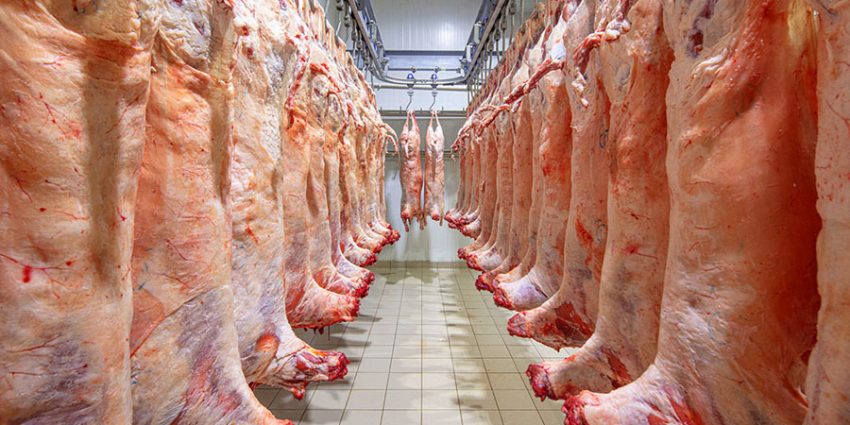Meat processing tools have come a long way from their humble beginnings. Picture a time when processing meat involved nothing more sophisticated than a sharp knife and a strong arm. Fast forward to today, and we have an array of high-tech tools designed for precision and efficiency. How these tools have evolved over the decades and what does this mean for the industry?
The Early Days: Tools of Simplicity
In the early days of meat processing, tools were as basic as they come. Think of rugged, hand-forged knives and wooden cutting boards. These tools were designed for function over form, and their effectiveness relied heavily on the skill of the user.
- Manual Knives: The earliest butchers relied on handcrafted knives. These were simple yet effective, with blades made from carbon steel that required frequent sharpening.
- Hand-operated Grinders: Manual grinders, operated by hand cranks, were the norm. They were labor-intensive but got the job done.
The Industrial Revolution
The Industrial Revolution marked a turning point in meat processing. The introduction of mechanization revolutionized the industry, bringing with it a wave of new tools and techniques.
- Electric Saws: With the advent of electricity, meat saws became powered by motors. These electric saws drastically increased cutting efficiency and precision.
- Automated Grinders: Industrial grinders replaced manual ones, allowing for higher production volumes and more consistent results. These machines could process large quantities of meat quickly.
Precision and Hygiene
As we moved into the mid-20th century, the focus shifted toward improving precision and hygiene. The tools became more specialized, catering to the growing demands of the food industry.
- Stainless Steel: Stainless steel became the material of choice for meat processing tools. It offered superior durability and resistance to corrosion, making it ideal for maintaining hygiene.
- Specialized Knives: The era saw the rise of specialized knives designed for different cuts of meat, improving both efficiency and quality.
Conclusion
As we look to the future, the evolution of meat processing tools continues to promise exciting advancements. Understanding this history not only highlights the incredible progress made but also sets the stage for future innovations that will shape the industry for years to come.

